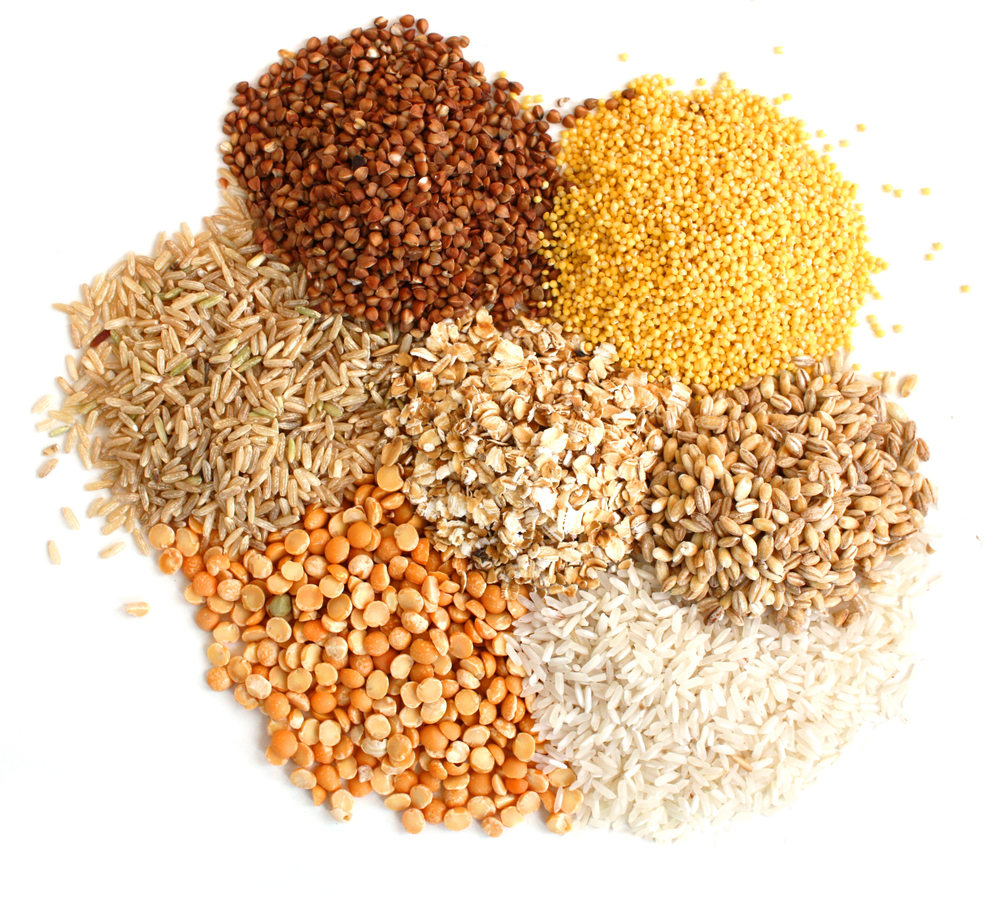Gluten is a protein found in wheat, barley, rye, and oats processed in a shared facility with gluten grains. Gluten is known to damage the intestinal lining of those with gluten intolerance or sensitivity. Exposure to gluten can lead to weight loss, abdominal pain, bloating, diarrhea, constipation, fatigue, forgetfulness, and mood issues such as irritability or anxiety.
Emerging research suggests that other grain proteins, in addition to gluten, may be the cause of Celiac disease or wheat-related sensitivities. As more evidence emerges, it may help to explain why those without a “true” intolerance may still suffer the same symptoms of someone with Celiac disease.
Gluten intolerance can result in several nutrient deficiencies. Many gluten-free products are not enriched nor as nutritious as less processed whole food options, which can make the situation from someone avoiding gluten products even worse. Extra attention should be paid to eating enough fiber, iron, calcium, and zinc. If vegan or vegetarian, B vitamins, especially B12, is also a major concern. If you suspect that you have a true gluten intolerance, it will be helpful to work with your doctor and nutritionist to identify which, if any, supplements are needed.
Many processed foods contain trace amounts of wheat, barely, or rye. Even though an ingredients labels should warn you about wheat or gluten, this may not be enough to keep you from accidentally eating gluten. Here are some foods requiring extra attention:
- Candy and sweetened foods (watch out for malt flavoring)
- Cold cuts, hot dogs, salami, sausages
- Gravies, soy sauce, marinades, and other sauces
- Cereals
- Bouillon cubes
- Meat and dairy substitutes
- Seasoned mixes, such as rice mix or soup bases
- Energy bars
- Flavored snacks like chips, tortilla chips, and trail mixes
Interested in going gluten-free? Download this free PDF of gluten-free meal and snack ideas designed to help you improve nutrient deficiencies common with gluten intolerance or Celiac’s disease.
For more information on recommended portion sizes based on your weight, please drop me a line!
